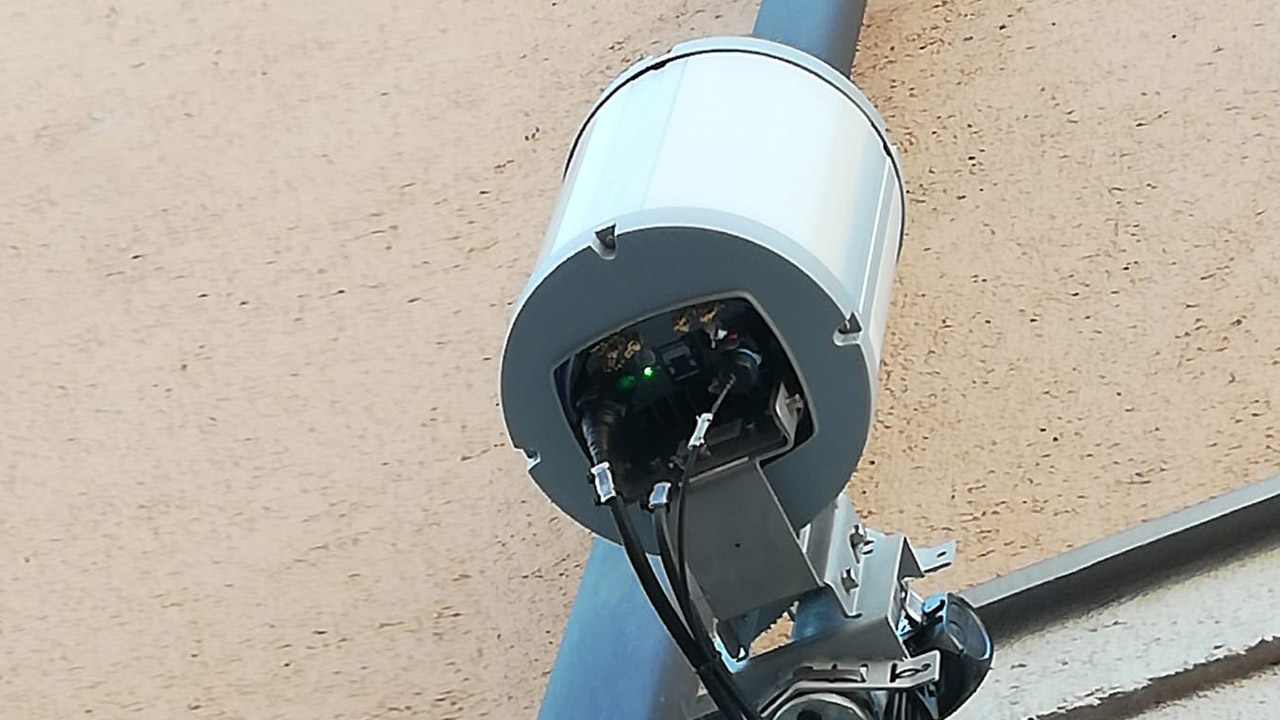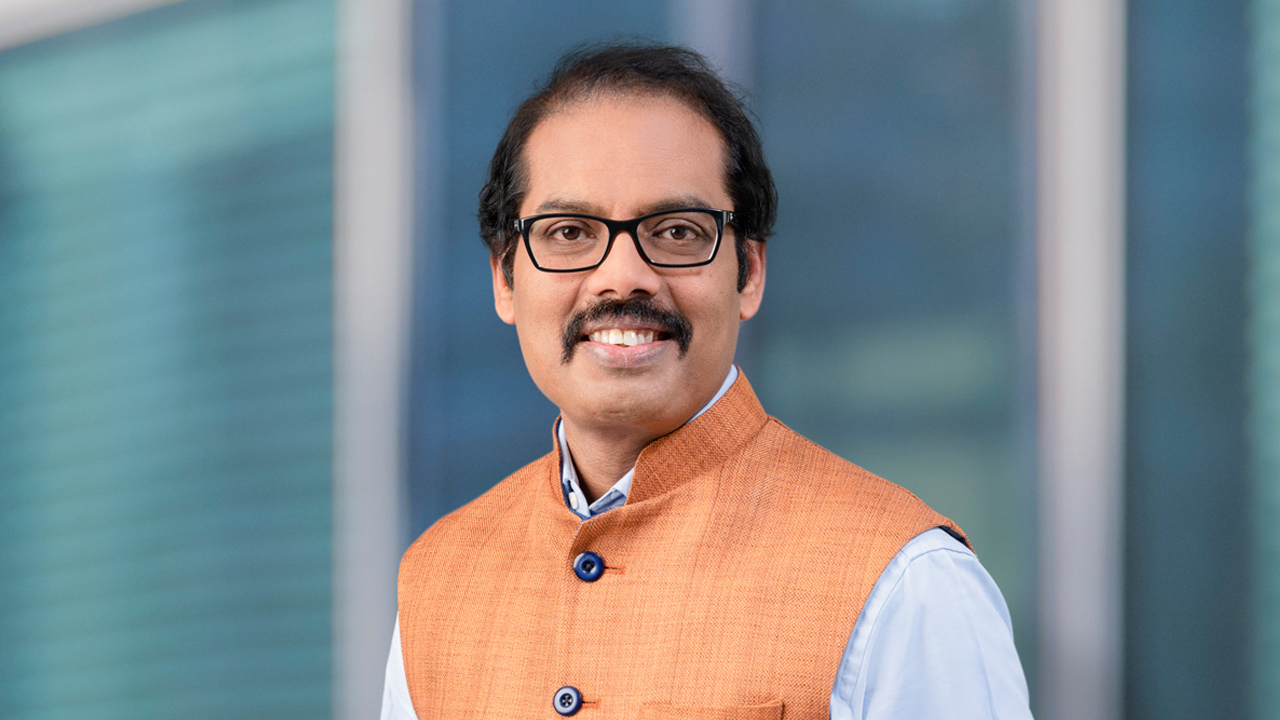17.01.2022
Innovation in Munich:O2 / Telefónica activates Germany's first Open RAN mini-radio cells

O2 / Telefónica has activated Germany's first mini-radio cells with Open RAN technology in Munich.
As the first German network operator, O2 / Telefónica has activated the first mini-radio cells with innovative Open RAN technology (ORAN) in Munich. In addition to the very well developed O2 network, this will provide all O2 customers with even more capacity and higher bandwidths at busy locations in the future. The installation of pure 5G Open RAN mini radio cells ("5G standalone") will follow later in the year.
With the compact, flexibly deployable latest-generation mini mobile cells, the company is able to increase 5G/4G capacities in the O2 network at high-traffic locations in urban areas faster than before. The mini-radio cells, attached to a building facade on Klenzestraße in Munich's Gärtnerplatz district, supplement the 4G/5G mobile network installed on rooftops in the city center, but do not replace it.
Small Cells deliver high bandwidths in busy urban locations

Mallik Rao
"With our ORAN Small Cells, we are launching a model project for major German cities in Munich. From the customer's point of view, they are a particular benefit where a particularly large number of people are out and about with their smartphones. Inconspicuously integrated into the streetscape and cityscape, they provide every customer with reliable access to a high-performance 4G network in many public places, and in the future also 5G," says Mallik Rao, Chief Technology & Information Officer of O2 / Telefónica Deutschland.
Small Cells directly enhance the network experience for local customers. The new technology, which is not much bigger than a shoebox, provides customers in very close proximity with 4G and bandwidths of up to 100 Mbps. In the near future, O2 / Telefónica will also use the small cells for targeted, selective 5G coverage. Here, too, the focus will primarily be on particularly busy locations in German city centers, such as very busy squares, shopping streets or public transport stops.
Successful cooperation with regional partners
In addition to a power supply, the small cells required a connection via fiber optics. In Munich, this is provided by the fiber optic infrastructure of Stadtwerke München and the local telecommunications provider M-net: "As a regional provider of telecommunications solutions via fiber optics, we are the reliable partner of O2 / Telefónica for broadband connectivity in its core network," says Dr. Hermann Rodler, Technical Managing Director of M-net. "With our dense and high-performance fiber-optic infrastructure, we offer our partner any number of entry options, especially in the inner city area, and thus full flexibility for network planning. Specifically for microcell requirements, M-net has developed the architecture of a fiber optic sea - the 'Sea of Fiber'. In conjunction with Stadtwerke München, we can thereby provide an all-round package for power and data connectivity that meets the special topological and economic requirements for a microcell infrastructure and thus opens up new expansion options."
Weniger Bilder
Mehr Bilder (4)
Weniger Bilder
In the coming weeks, further installations will follow in Munich's city center: First, two 4G radio cells at Gärtnerplatz and later this year, O2 / Telefónica will also install pure 5G Open RAN mini radio cells ("5G Standalone") for the first time in the area of Kaufinger Straße in the Bavarian capital. In the course of these expansions, it is also conceivable to use existing infrastructures of Stadtwerke München - such as bus stops or power distributors.
About Open RAN at O2 / Telefónica
O2 / Telefónica is a technological pioneer in the use of Open RAN: As the first German provider, O2 / Telefónica actively operates ORAN base stations in its live network. Since December 2020, the company has successfully integrated four base stations in Landsberg am Lech into its mobile network. Currently, the company is testing the technology, gaining experience and planning further expansion at other locations once all tests have been successfully completed. In principle, the innovative technological approach of Open RAN offers significantly greater flexibility in the selection of manufacturers in the future. Open RAN is more software-based. This significantly simplifies and accelerates future base station upgrades. Less fixed infrastructure needs to be replaced or exchanged, since updating the software is largely sufficient to bring new services onto the network.
Further information on 5G: www.telefonica.de/5g
O2 network / images at Flickr
OPEN RAN images at Flickr